Sony A900: A Closer Look at 24.6MP Resolution and Noise
by Wesley Fink on October 27, 2008 2:00 AM EST- Posted in
- Digital Camera
Sony A900 vs. Nikon D700
Before we begin our noise comparisons we asked the question, "How do you actually compare a 12MP full-frame sensor to a 24.6MP full-frame sensor?" This question is important since the same image shot with the A900 from the same position with the same lens will contain twice as many pixels in a given picture area than an image shot with a 12MP sensor. This was a moot point when image resolution went from 8 to 10MP or 10 to 12MP, but the Sony sensor is double the resolution of competing full-frame cameras and the question becomes more important.
Any who have printed large images from a digital file will immediately understand our question. It is very clear that a larger noisy image when printed smaller often looks like it has very low noise. This is why we often say noise would be good enough for small prints but not for big enlargements. The noise becomes more apparent as the image size is increased.
Our tests didn't land on either side of this issue. Instead the decision was made to provide both same pixel size crops and 0.5x crops; the latter represent the same area of the image as the 12mp cameras in each capture. The same pixel crops are 150x250 actual pixels captured from both images. The 0.5x crops are twice the number of pixels in a 212x353 capture that has been adjusted from the standard 350dpi to 248dpi so the crop you are viewing is approximately the same size as the crop from the 12MP camera. That is the reason for the two crops for the Sony A900. The regular view is a pixel-level 150x250 crop, while the 0.5x is a double the pixels crop adjusted for the same image area as the 12MP crop. We will leave it to you to decide which is the more relevant of the two crops for the A900.
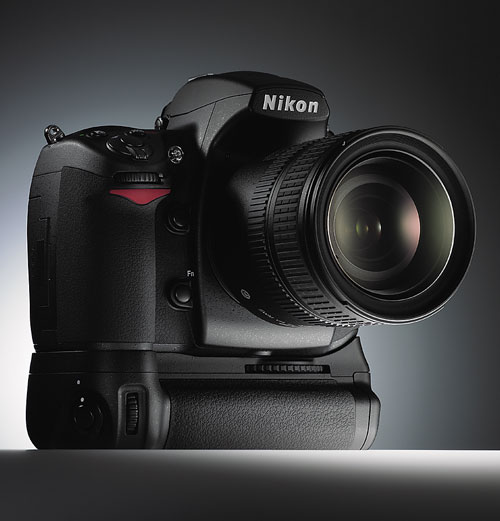
The Nikon D700, which was introduced just a couple of months ago, uses the same full frame sensor used by Nikon in the $5000 D3. The incredibly wide ISO sensitivity range to an expanded 25600 is also maintained, but the price has been reduced to just below $3000. The Nikon D700 also features one of the fastest burst rates in the full-frame class at 5 FPS, and that can be extended to 8 FPS with the battery grip powered by the Nikon Pro battery or six AA cells.
Looking at the 0.5x samples for the A900 it is hard to escape the fact that looking at noise alone the Nikon D700 is about two stops better than the A900 in high ISO performance. The D700 ISO 6400 output is very similar in noise to the A900 at ISO 1600. Similarly, the A900 ISO 3200 and 6400 compare to the D700 ISO 12800 and 25600. Noise is only part of the A900 story, however. If you look closely at the amount of detail in the A900 crops and pixel peep the full images, you will see the A900 captures more detail than the D700 - even at high ISOs when noise begins to intrude in the A900 images.
The high ISO performance of the Nikon D700/D3 sensor, as everyone already knows, is without equal. That should not come as a surprise since the pixel density of the Sony A900 is double the Nikon D700. On the other hand, nothing currently on the market really comes close to the resolution and detail captured by the A900 sensor. Those who thought 24.6MP would make little difference are just wrong, as the increase in captured detail is very clear.


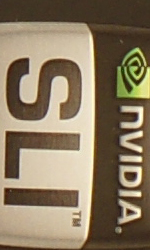
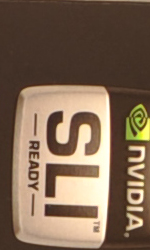
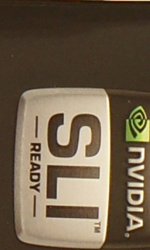


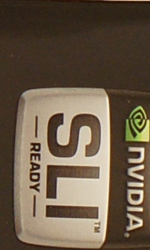
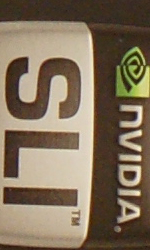
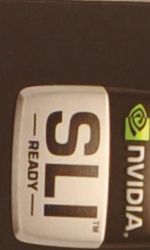
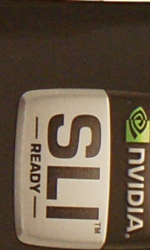

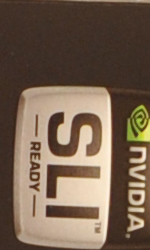
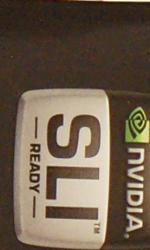
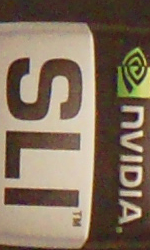
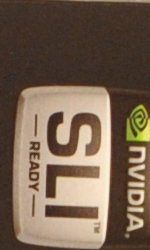

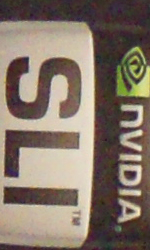
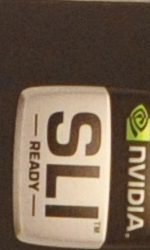
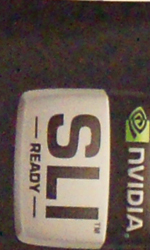
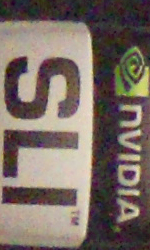

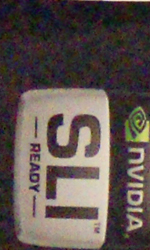
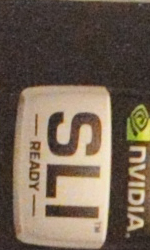
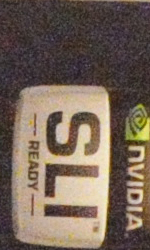








45 Comments
View All Comments
LTG - Monday, October 27, 2008 - link
Ok I'll eat a shoe then :).I know it's not unlikely that opinions can be similar looking at the same product (if a car is 0-60 in 30 seconds is any reviewer not going to say it's slow?).
But I just kept getting deja vu while reading it. Maybe they read your preview article.
Thanks for the article in any case, I did read it after all :).
TechLuster - Monday, October 27, 2008 - link
Wesley, I think the ISO 12800 and 25600 crops on page 3 are just repeats of the ISO 6400 crops (they don't seem to match what's in their respective full-size images).JarredWalton - Monday, October 27, 2008 - link
Sorry - that was my error when I put together the HTML code for the tables. Lots of copy/paste in there, and the linked images were correct but had the 6400 thumbnail still. (Had to change 64 to 128 and 256 after pasting.) The correct crops are now in place, which show that ISO 25600 on the D600 is about the same as the 6400 on the A900.Heidfirst - Monday, October 27, 2008 - link
Sony's JPEG engine still isn't the best, you really need to shoot RAW & convert (& again ACR still isn't very good with Sonys).http://www.photoclubalpha.com/2008/10/23/the-alpha...">http://www.photoclubalpha.com/2008/10/23/the-alpha... is worth a read.
twistedlogic - Monday, October 27, 2008 - link
We get your point, no need to triple post. Just playing, :).I really don't see the point of buying a $3000 body and then shooting in JPEG. Unless your doing studio work, newspaper work(overkill), or just snapshots.
I do like its low light capabilities coming close to the D3, I just hate Sony as a company for its lackluster customer service and shady business practices. Competition is good though.
Heidfirst - Monday, October 27, 2008 - link
Sony's JPEG engine still isn't the best, you really need to shoot RAW & convert (& again ACR still isn't very good with Sonys).http://www.photoclubalpha.com/2008/10/23/the-alpha...">http://www.photoclubalpha.com/2008/10/23/the-alpha... is worth a read.
Heidfirst - Monday, October 27, 2008 - link
Sony's JPEG engine still isn't the best, you really need to shoot RAW & convert (& again ACR still isn't very good with Sonys).http://www.photoclubalpha.com/2008/10/23/the-alpha...">http://www.photoclubalpha.com/2008/10/23/the-alpha... is worth a read.
araczynski - Monday, October 27, 2008 - link
is it my untrained eye or were all shots but the 2 ducks just fuzzy as all get go? is that a benefit of an oversensitive camera? or the photographer?Wesley Fink - Monday, October 27, 2008 - link
Please pixel-peep on the large image. The ducks themselves are sharp and a small crop from the larger image. With a full-frame and high resolution the depth of field is shallow and the background and foreground are less sharp in this image.The lens that was used for this photo also looks like it could benefit from a micro-adjust for focus, which is a feature available on the A900.
wheel - Monday, October 27, 2008 - link
Good to see the DSLR camera reviews on AT are slowly getting better :)But, can't you find something more interesting to test other than just the one picture of an SLI logo on a nVidia box? For instance, something that shows fine detail (in addition to flat areas of solid color)